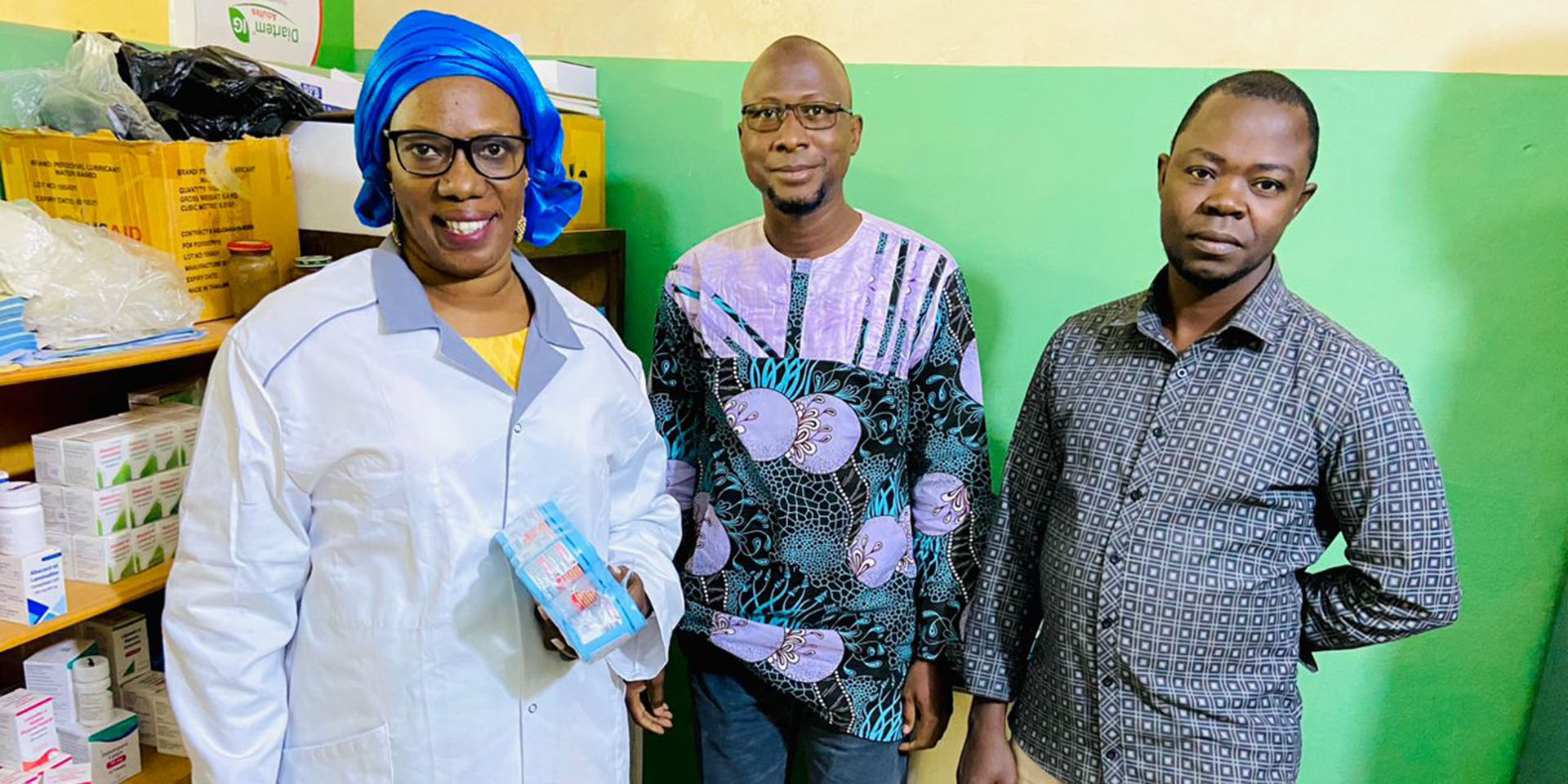Supportive supervision involves working with healthcare workers at clinics to optimize processes and update their knowledge and skills. It is a long-term, sustainable process whereby GHSC-PSM, the Ministry of Health, and healthcare workers collaborate to improve performance and improve health outcomes.
Sixteen supervisors trained by GHSC-PSM have worked with more than 100 healthcare workers at 16 health facilities over the past three years, helping pharmacy, clinical, and laboratory staff to continuously evaluate and improve their work performance.
Supportive supervision sessions at HIV/AIDS care and treatment sites focused on the transition to TLD and improving treatment delivery.
